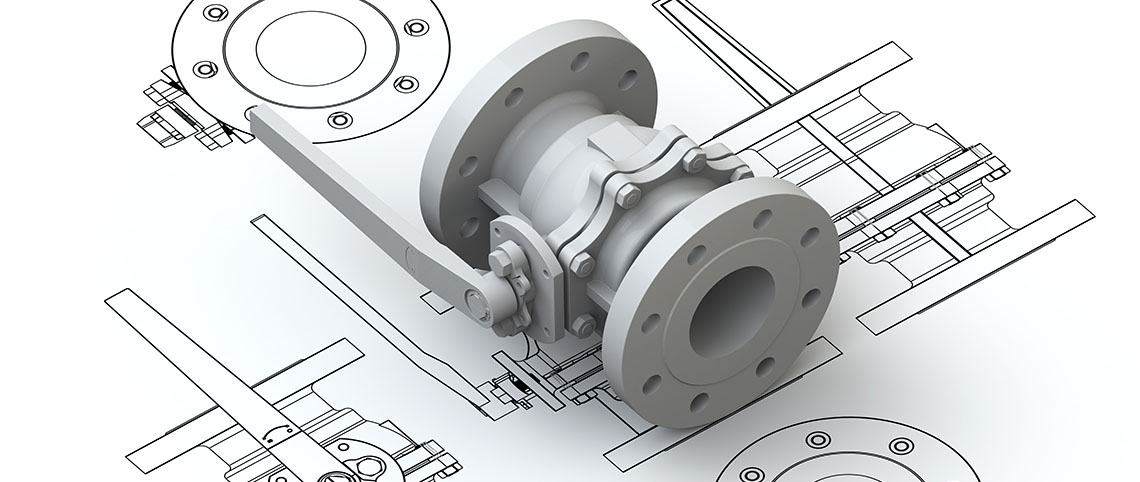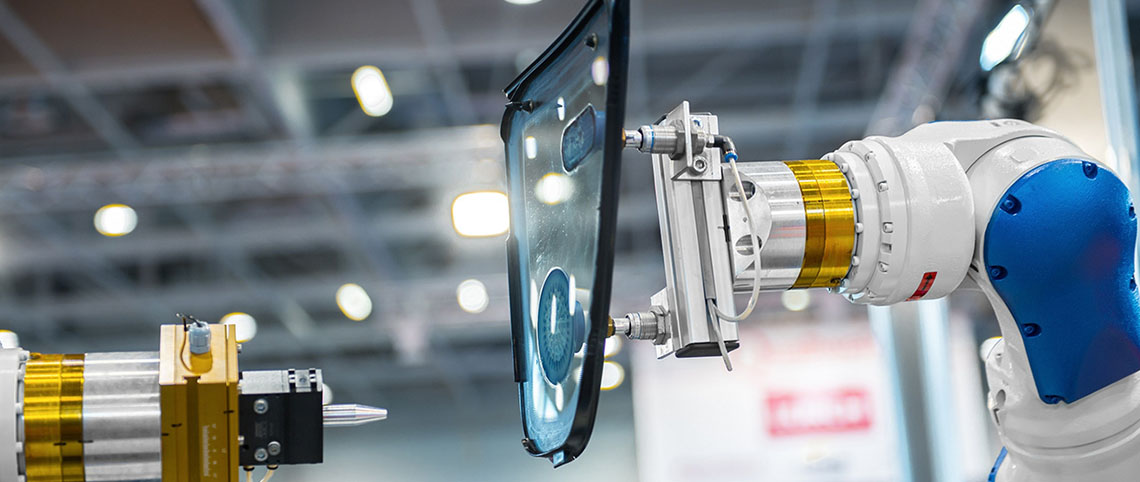The development of customized software is the solution for when it is not possible to have a standard application that helps systematize the company's operational process, through the processing of information.
Learn MoreCAD/CAM Design

CAD (Computer Aided Design). It is the technology involved in the use of computers to perform tasks of creation, modification, analysis and optimization of a design.
CAM (Computer Aided Manufacturing). It refers to the use of computer numerical control (CNC) software applications to create detailed instructions (G-code), which govern numerically controlled (CNC) machine parts and manufacturing tools.
CAD/CAM integrates the design and manufacturing function, translating the final design specifications into detailed instructions for a machine.
CAD/CAM Systems
- Systems that facilitate the coding of instructions
- An easy-to-use interface is used
- The user graphically indicates the paths he wants on a CAD model
- The code is generated automatically
- They allow to simulate the result of a machining process
- Trajectiories can be generated manually or automatically
- Systems that allow collision detection
Benefits of CAD/CAM systems
By using CAD/CAM techniques you get factors that are vital for today's industry:
- Faster production cycles and higher quality processed products
- Engineering Analysis: It allows to determine how the design will behave and eliminate errors without the need to spend time and money constructing and evaluating real prototypes
- It means a great saving of time and a considerable reduction of costs
- Computer animation and process control
- Quality control and product reliability
- More efficient use of machinery
- Simultaneous machining
- Surface Machining
Solutions
CAD begins as a computerized technological engineering, while the CAM as a semiautomatic technology for the control of machines in numerical form in which you can make developments such as:
- 3D Design
- Production of drawings and document design
- Analysis of moving objects
- Basic geometric design
- Structural design
- Electronic design
- Hydraulic and pneumatic design
- Mechanical design
- Modeling and simulation of molds
- Finite Element Analysis
- Manufacture of prototypes
- Generation and simulation of numerical control programs
- Integrated circuit design
- Printed Circuit Board Design
- Design of electrical installations
- Analysis, verification and simulation of designs


